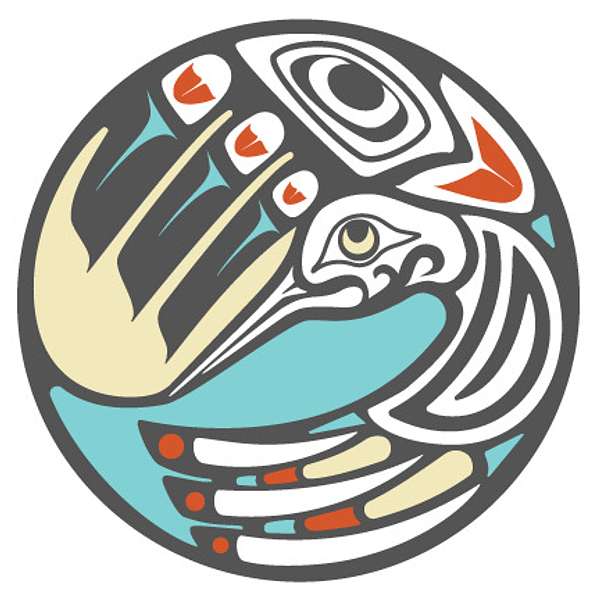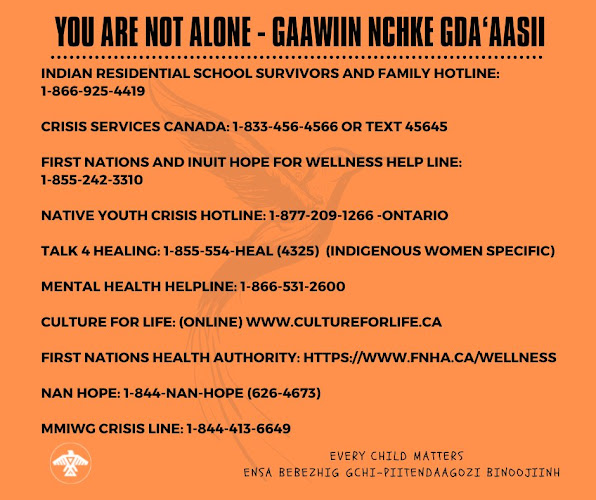Belinda Cameron, 42, of Peguis First Nation disappeared in 2005

Stephanie Cameron-Johnson was 11 and in foster care when she learned her mother had gone missing on Vancouver Island, after a friend showed her a photo in a newspaper.
What followed would be two decades of challenging racial stereotypes surrounding her mom, undoing shame, and repairing identity disconnection caused by the child welfare system, Cameron-Johnson says.
"The narrative that's been spoken about missing, murdered Indigenous women and two-spirit folks… I really feel like it's my responsibility to change that," said Cameron-Johnson.
Her mother Belinda Cameron, a Sixties Scoop survivor from Peguis First Nation in Manitoba, was 42 when she was last seen at a Shoppers Drug Mart in Esquimalt, B.C., on Esquimalt Rd near Head St., on May 11, 2005.
She suffered from a mental illness and was prescribed medication, to be picked up at Shoppers daily, but failed to attend the pharmacy in the days following. She wasn't reported missing until June 4.
Police consider disappearance suspicious
Det. Colin Hanninen of the Victoria Police Department said Cameron was a person of routine and a fixture in Esquimalt in 2005.
She was considered a vulnerable person by police due to addiction and mental health issues, said Hanninen, and her disappearance is considered suspicious.
Cameron was initially reported missing by a man who she'd been involved with, but the man told Victoria Police he had not seen her in over a month. Police used a polygraph test to question if the man had harmed Cameron; he denied doing so and passed the test.
"At the time there was a robust investigation involving this person, and a polygraph was part of that," said Hanninen.
Investigators conducted over 100 interviews and an extensive forensic examination of Cameron's Cairn Road apartment near Old Esquimalt Road, said Hanninen, as well as canine and helicopter searches.

"Unfortunately, you know, it had been potentially three to four weeks from the time we can confirm she was last seen to her being reported, which puts you at a disadvantage," said Hanninen.
"In 2005, it would have been a lot more challenging than it would be today to find clues of where she could have gone or, you know, if she was with anybody."
A 2010 report from the Native Women's Association of Canada said British Columbia had the highest number of cases of Missing and Murdered Indigenous Women and Girls in the country, according to its database.
B.C. also had the highest percentage of suspicious death cases: nine per cent of the cases in its database from B.C. fell under the category of suspicious deaths, compared to four per cent nationally, the report said.
KEEP READING: https://www.cbc.ca/news/indigenous/belinda-cameron-missing-esquimalt-1.7539484






















No comments:
Post a Comment
Please: Share your reaction, your thoughts, and your opinions. Be passionate, be unapologetic. Offensive remarks will not be published. We are getting more and more spam. Comments will be monitored.
Use the comment form at the bottom of this website which is private and sent direct to Trace.